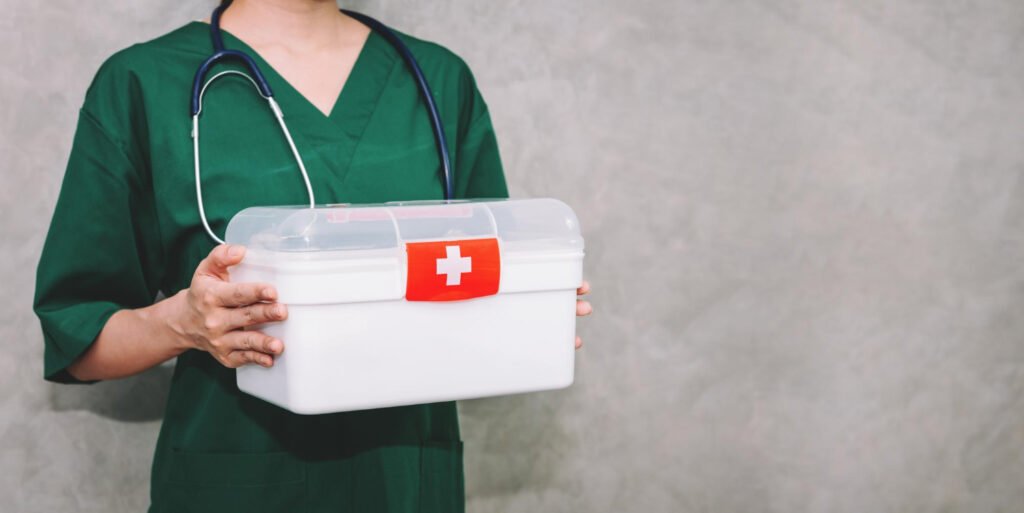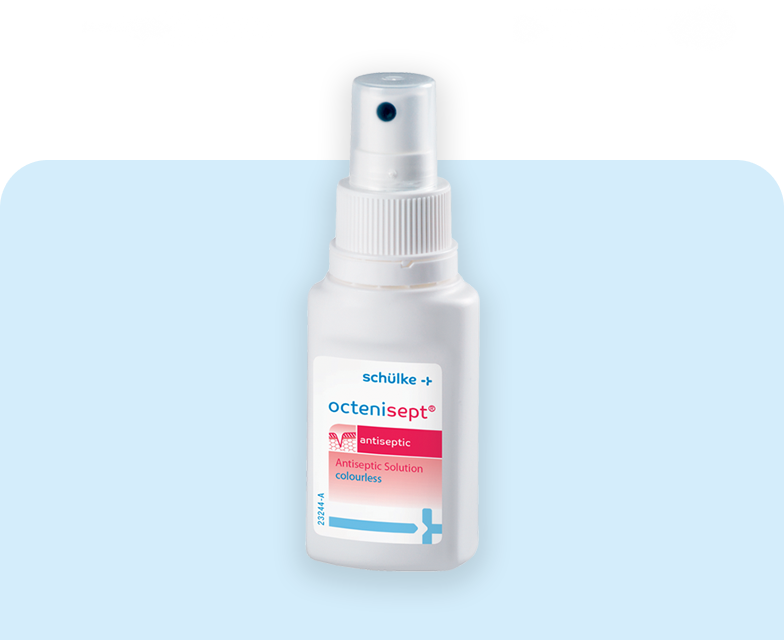Wound care is a crucial part of first aid that shouldn’t be overlooked. Whether it’s a minor cut from the kitchen knife or a scrape from a fall, treating wounds properly is essential to prevent infection and ensure quick healing. One effective way to manage wounds is through the use of wound sprays, which offer a convenient and hygienic option for treating injuries. In Singapore, where the humid climate can affect wound healing, choosing the right type of wound spray becomes even more important.
Types of Wound Sprays
- Antiseptic Sprays: These sprays are designed to clean the wound and prevent infections. Ingredients like benzalkonium chloride, hydrogen peroxide or even octenidine are common in these products. They are suitable for cleaning cuts, scratches, and other open wounds, and they help to kill bacteria that can cause infections.
- Pain-Relief Sprays: For those wounds that hurt, pain-relief sprays can be a blessing. They typically contain local anesthetics like lidocaine or benzocaine to numb the pain. These sprays are particularly useful for treating painful cuts or burns immediately after injury.
- Herbal/Plant-Based Sprays: These are made with natural ingredients like tea tree oil and aloe vera. They are often chosen by individuals looking for a gentler approach to wound care. These sprays not only help in cleaning the wound but also offer natural anti-inflammatory benefits.
Learn More About Effective Wound Care Treatment

Effectiveness of Wound Sprays
Each type of wound spray has its own benefits depending on the wound’s nature. Antiseptic sprays are best for dirty or contaminated wounds, as they help prevent infection. Pain-relief sprays are ideal for immediate relief after an injury, especially for burns and deep cuts. Herbal sprays are suited for those with sensitive skin or for those who prefer natural products, although they might be less effective against serious infections.
Safety and Side Effects
While wound sprays are generally safe, they can cause side effects such as skin irritation, especially if you have allergies to any of their ingredients. It’s important to read the label and test the spray on a small area of skin before using it extensively. Certain sprays may also not be suitable for children or for use during pregnancy, so consulting a healthcare professional is advisable if you’re unsure.
Application and Usage
To apply a wound spray effectively, clean the wound first with water, and pat it dry. Hold the spray a few inches away from the wound and spray a light coating. Follow the instructions regarding how often to reapply, and make sure not to overuse it, as too much product can hinder the healing process.

Cost and Availability
Wound sprays are readily available in pharmacies and online stores across Singapore. The cost varies based on the brand and type, with herbal sprays generally being more expensive than their chemical counterparts. However, investing in the right spray can save money in the long run by preventing complications like infections.
Consumer Reviews and Recommendations
It’s always a good idea to check online reviews before purchasing a wound spray. Look for products with high ratings and positive feedback about their effectiveness and ease of use. Some popular brands in Singapore like octenisept® antiseptic wound spray that uses octenidine for infection control and ensures a rapid and broad-based antiseptic effect.
Learn More About Octenidine
Conclusion
Choosing the right wound spray can significantly affect the healing process and comfort during recovery. By understanding the different types available and their appropriate uses, you can make an informed decision that best suits your needs. Remember to consider the type of wound, any skin sensitivities, and the spray’s ingredients. Proper wound care not only speeds up healing but also prevents future health complications.




